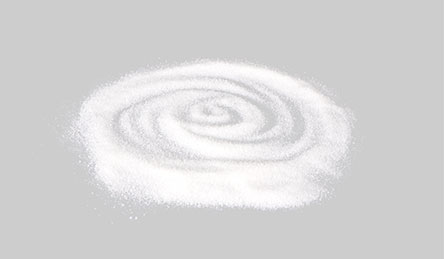
Search


Low-density polyethylene, also known as high-pressure polyethylene, is milky white, odorless, non-toxic, and waxy particles with a matte surface. Its density is 0.91g / cm3-0.93g / cm3, and it is the lightest variety in polyethylene resin. It has good flexibility, extensibility, electrical insulation, transparency, ease of processing and certain air permeability. It has good chemical stability, alkali resistance and general organic solvent resistance.
Low-density polyethylene can be divided into high-pressure method and low-pressure method according to the polymerization method. According to the reactor type, it can be divided into kettle method and tube method. Using ethylene as the raw material, it is fed into the reactor, and the polymerization reaction is carried out under high pressure compression and the action of an initiator. After removing the unreacted ethylene through the separator, the material coming out of the reactor is granulated by melt extrusion, dried, blended, and sent to packaging.
Both LDPE and LLDPE have good rheological or melt flow properties. LLDPE has less shear sensitivity because it has a narrow molecular weight distribution and short branches. During shearing (such as extrusion), LLDPE maintains a greater viscosity and is therefore more difficult to process than LDPE with the same melt index. In extrusion, LLDPE's lower shear sensitivity makes the stress relaxation of polymer molecular chains faster. And, thereby, the sensitivity of the physical properties to the change of the inflation ratio is reduced.
In melt extension, LLDPE usually has a lower viscosity at various strain rates. In other words, it will not produce strain hardening when stretched like LDPE. As the deformation rate of polyethylene increases, LDPE shows a surprising increase in viscosity, which is caused by molecular chain entanglement.